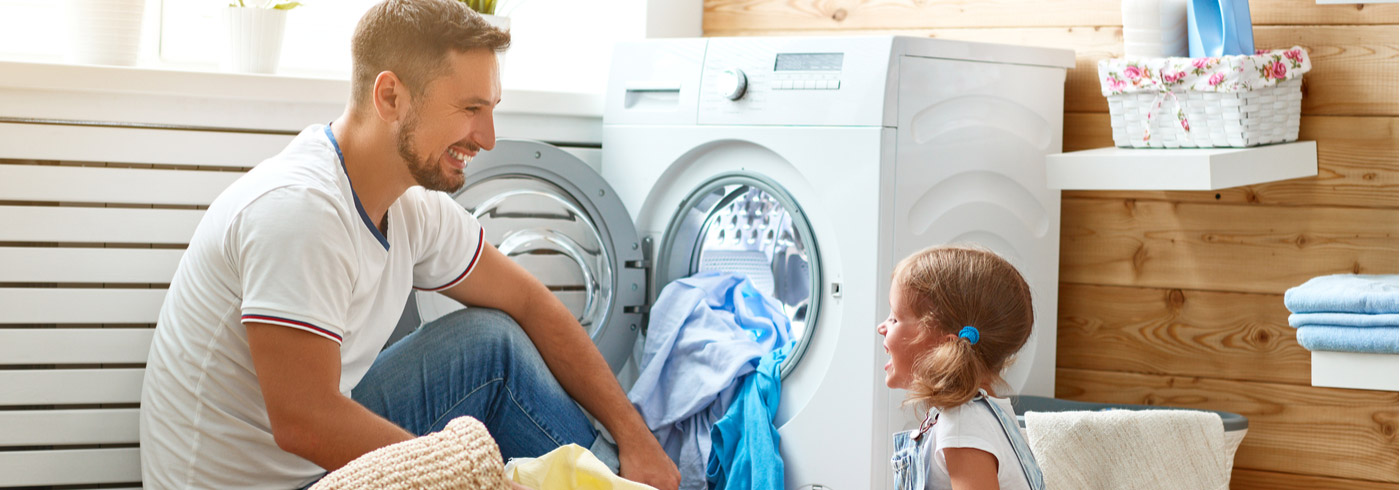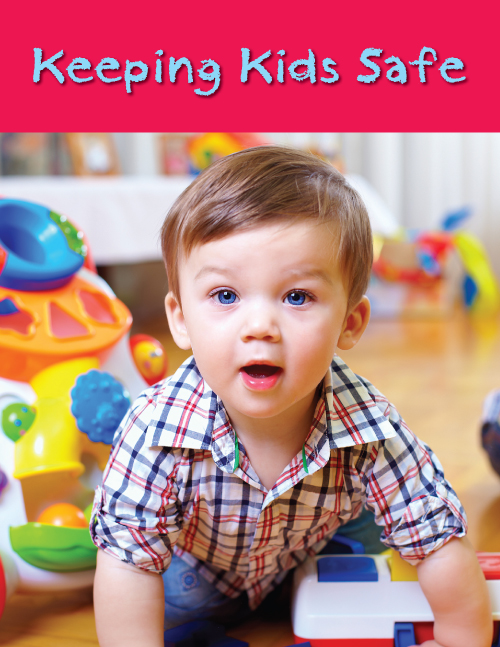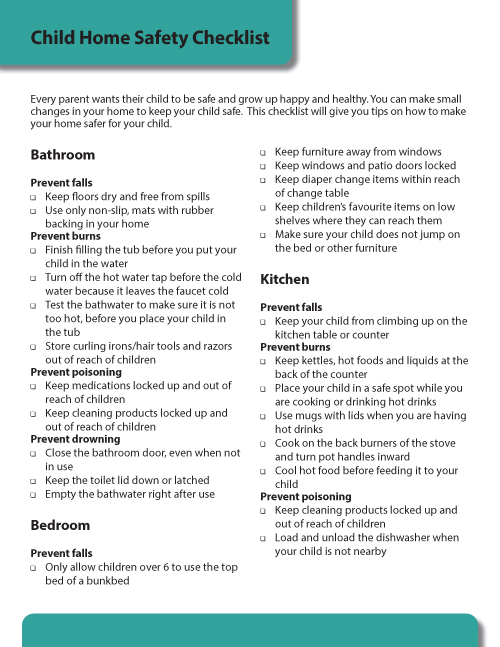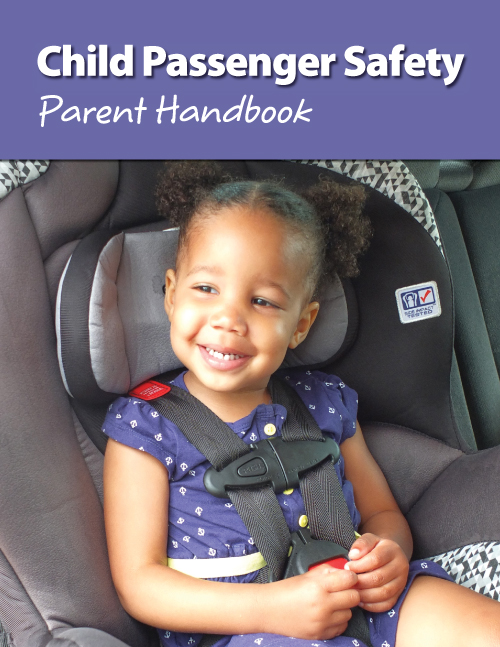Supervision is the best way to prevent child injuries
Here is what supervision looks like:
- Stay close to your child and check on them.
- Look closely for things that could hurt your child at home.
- Remove your child from danger.
- Give your child something to do that will keep them busy when you have something to do nearby.
Every parent wants their child to be safe and grow up happy and healthy. Children birth to four years grow and develop new skills constantly. They love to explore, but are not able to understand or recognize dangers that can cause them to be injured. Understanding the normal stages that a child learns new skills will help you to make changes to your home before your child is at risk. For more information visit our Child Development page.
Falls are one of the top reasons children up to age four end up in the hospital
When children are young, most falls happen in the home and as they get older falls happen most often at the playground.
| Tips to prevent a fall in your home |
Watch this video to learn more about how to prevent falls in the home. Visit Parachute Canada for additional ways to prevent injuries at home. |
| Tips to prevent a fall in the playground |
Visit Parachute Canada for additional ways to prevent injuries at playgrounds. |
|
How can you be prepared for a child injury? |
|
Call 911 in an emergency
Have important contacts:
|
|
Additional resources |
|
For information on other child safety topics including burns, poisoning and drowning visit Parachute Canada.
Contact Us








